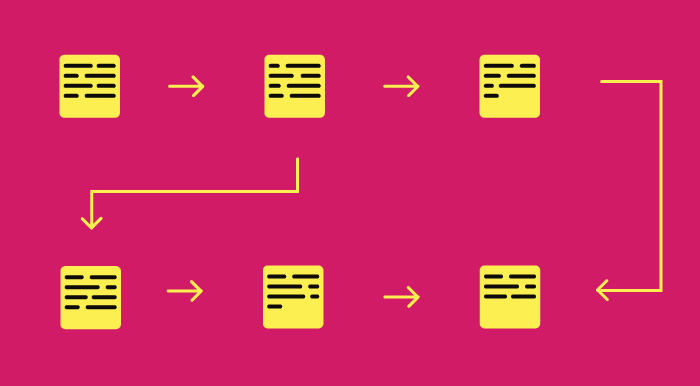Low Fidelity Prototyping
Product development, as a whole, is a long process composed of various engagements of professionals. We start with the initial client meeting and get acquainted, then we move on to the proposed product(s) and work towards getting a complete grasp of it (them), and then continue with user research and other relevant steps. Afterwards, the marketing, design, and development teams work closely with each other to create the product(s) as close to the user's request as possible, thus ultimately creating the best user experience.
From data to ‘lines’
Low fidelity prototyping is one of the quickest and easiest ways of ‘giving a feel of what to expect’ from a product. It is characterized by a translation of high-level design concepts into tangible and testable ‘products’. The reason why it’s called low-fidelity is because of the low amount of required implementation needs (basically some pieces of paper, cardboards, sticky notes etc.). One of the main purposes of doing lo-fi prototyping is to focus more on the conceptual design and explore related alternatives before deciding on which one to proceed with.

Why would you need Low Fidelity Rapid Prototyping?
There are plenty of reasons, actually.
The main one is, that it’s cheap, obviously. Simplicity often out-performs a big budget. Designs drawn on paper are still an industry standard for a reason. They save time, and in the end they still work. This is the phase where the first testing of the product is done, internally. You cooperate with colleagues and ask them if that way of thinking feels natural to them. The designers can then change the design accordingly. So again, why on paper? It’s the most flexible, error-tolerant environment, that’s why.
What are the advantages?
- Users gets focused on the actual use of the app, not it’s look
- User feedback is more accurate
- The costs of mistakes are cheap
- It is easier to change the flow at this stage
- Alterations are easier to be done
- Its great for A/B testing
- Everyone in the team can contribute, simply by putting more lines
- Other advantages that we didn't write for the brevity of this blog post
How about disadvantages?
- Users have to be trained to think properly
- You (as a company) risk looking unprofessional
- Users may want it to be more interactive
- There are no colors, high-end shapes, nor photos
Conclusion
It’s important for designers and the team to understand what processes to use at any range of fidelity. Low-fidelity prototypes are often developed to visualize or test early design ideas. As we mentioned above, a clear advantage of lo-fi prototyping is the extremely low-cost solution to get results back fast and thus making it easy to quickly iterate.
We think that the most effective approach is to start with low-fidelity prototyping to get the concepts right, and then continue with hi-fi to work on the finer details.